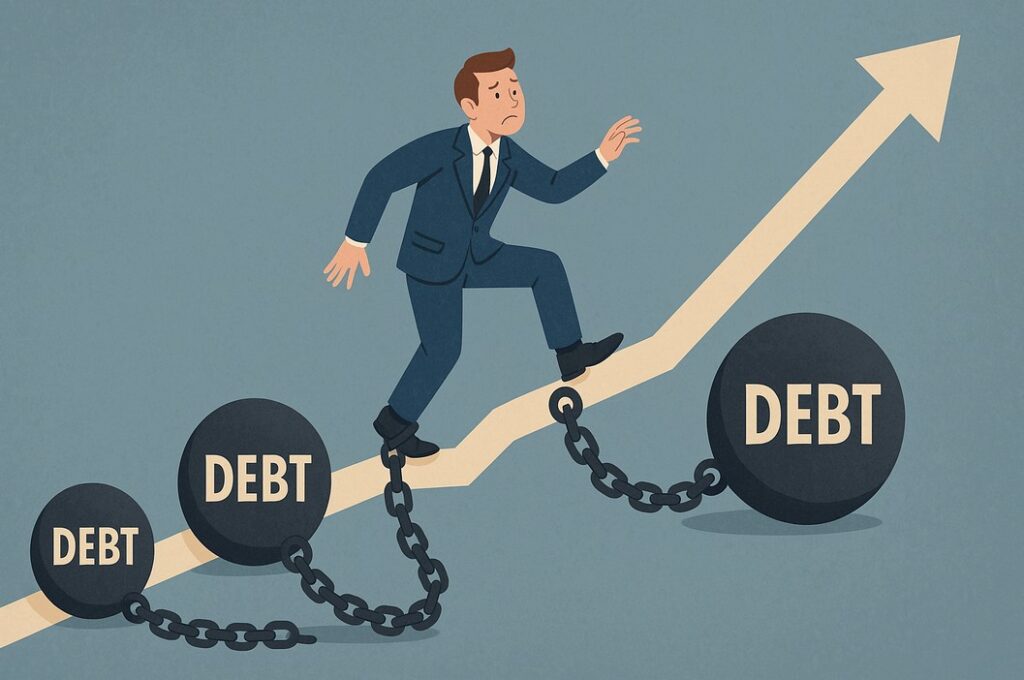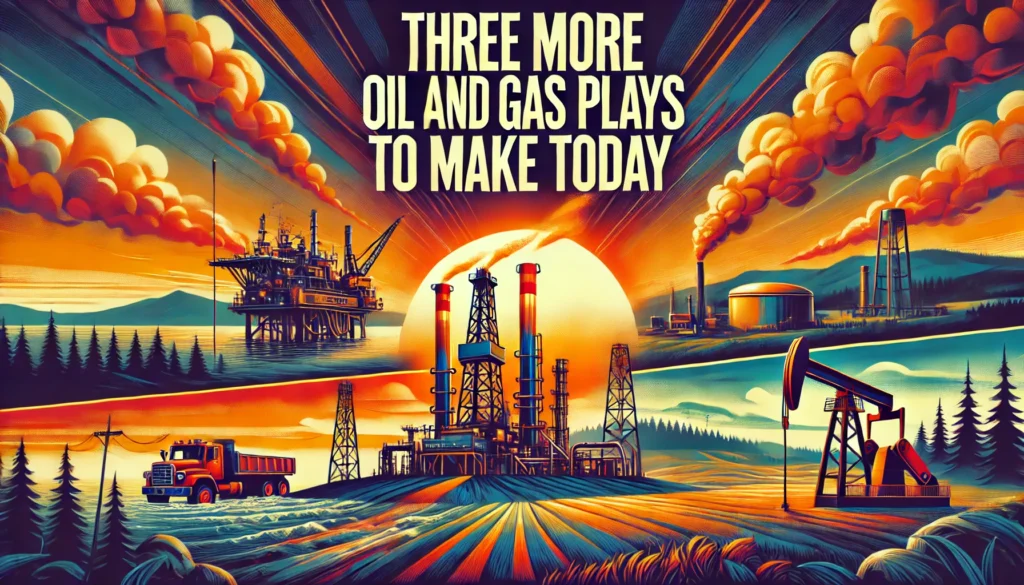- Another sad milestone…
- The three limits of indebtedness…
- “Dumb” money is buying stocks. But “smart” money is quietly shifting to a specific gold play. And a government meeting on October 29th could send this strategy stratospheric. Go here to learn what the smart money is planning — and how you can ride its coattails…
Dear Reader,
Yesterday the United States national debt scaled $38 trillion.
This Mt. Everest of debt has expanded $500 billion this month alone — and the month has not yet concluded.
Thus this Himalayan peak is expanding by $23 billion the day… $960,000,000 the hour… $16,000,000 the minute… $266,666 the second.
Meantime, interest payments on the nation’s debt will attain $1 trillion next year.
Report the fiscal scolds of the Peterson Institute:
- The nation’s rising debt, and relatively high interest rates, will continue to put upward pressure on federal borrowing costs — interest payments are projected to be the fastest growing portion of the federal budget in upcoming years. The Congressional Budget Office (CBO) projects that if current laws generally remain the same, net interest payments will total $13.8 trillion over the next decade, rising from an annual cost of $1.0 trillion in 2026 to $1.8 trillion in 2035.
‘Don’t Worry, Be Happy!’
Yet the governing classes whistle on past the boneyard.
They may tut-tut their disapproval, they may moan about it.
Yet they yawn as they do it. And any tears they sob are the tears of the crocodile.
I am reminded of the blind fellow who stumbles off a 100-story structure.
“So far, so good,” he assures himself 90 floors down — “what’s the problem?”
I hazard the United States is several floors down. Precisely how many floors down?
As always, I can offer you no answer.
Where’s the Emergency?
I would shrug my sloping shoulders if the United States economy was, perhaps, a $60 trillion economy.
Yet the United States economy is not a $60 trillion economy. It is instead a $31 trillion economy.
I am far from convinced it is even a $31 trillion economy. I believe the figure is the product of that lovely liar, statistics.
Yet for today’s purposes let us cling to the official $31 trillion.
The nation’s debt-to-GDP ratio exceeds 125% — its highest since the Second World War.
Yet where is the moustached little corporal and his Nazi devils? Where is Imperial Japan and its reckless buccaneering?
They are nowhere to be found.
If you attempt to tell me their modern brethren reside in Moscow or Beijing, I will plug my ears. I will not listen.
And while I am raising questions… may I ask what Manhattan Project is the United States government currently financing?
To my knowledge none exists. And yet the debt piles and piles.
More Butter Than Guns
Of course guns are not solely responsible. They are not even centrally responsible.
Butter is centrally responsible.
For excellent reason it has been argued that the United States government is an insurance company with a side business in defense.
Some 50% of Americans haul aboard at least one federal benefit.
Some 71 million receive Social Security payments. Sixty-eight million are enrolled in Medicare. Medicaid, 72 million.
Five million American households claim housing subsidies.
Some 42 million Americans take “supplemental nutritional assistance.” That is, 42 million Americans take food stamps.
The monies going out for these programs exceeds the monies coming in to finance them.
Only during the locust years of the Great Depression — from 1931–36 — did government dolings out exceed taxes coming in… as they do presently.
Is it any wonder then that the nation sags and groans under $38 trillion of debt… and that it registers a debt-to-GDP ratio exceeding 125%?
The question is both question and answer.
Beyond the Three Limits of Indebtedness
Thus economist Daniel LaCalle maintains that the United States — among other “developed” nations —has strayed beyond the limits of indebtedness:
- Developed nations have surpassed the three limits of indebtedness: the economic, fiscal and inflationary limitations. When more public debt creates lower economic and productivity growth, the economic limit has been surpassed. When interest expenses and deficits continue to rise despite rate cuts and higher taxes, the fiscal limit collapses.
The result is economic wallowing, a sort of permanent influenza. More:
- Government spending and persistent inflation bloat nominal growth, while real economic productivity and private labor opportunities deteriorate. The erosion of value-added generated by the productive economy is alarming. Considering that major governments are borrowing heavily to fund what they call stimulus measures, and they refuse to reduce current spending, GDP figures are being inflated by debt-financed public sector demand.
The Solution Is Simple — But Not Easy
In conclusion:
- Big government means low growth, high taxes, weak real wages, and a persistent productivity drag. Malinvestment and excessive government intervention are now the norm in major economies…
- Fiscal expansion now drives most of the headline economic activity in developed nations with negative side effects everywhere. The debt service burden is crowding out productive expenditure, high taxes limit investment and hiring, and regulation makes the economy stagnant…
- The solution is simple. Less government means more growth.
The solution is indeed simple.
Yet the solution to obesity is simple. The solution to alcohol and drug addiction is simple.
The solution to profligacy is simple.
Simple, that is, yet far from easy in many instances.
And in the case of limiting government — truly limiting government — well nigh impossible under existing arrangements.
Regards,
Brian Maher
for Freedom Financial News




